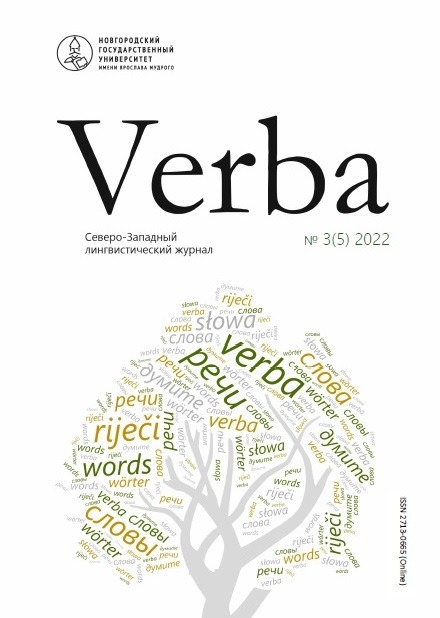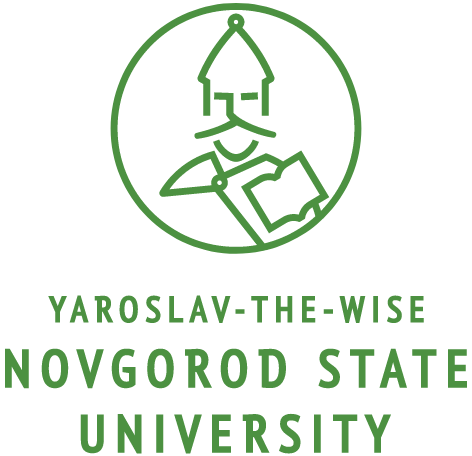The role of the image of the author in the fictional narrative of the magic realism novel “Blackberry Wine” by J. Harris
DOI:
https://doi.org/10.34680/VERBA-2022-3(5)-20-34Keywords:
magic novel, fictional narrative, image of the author, explicitness, implicitness, text formationAbstract
The article deals with a semantic role of the image of the author in the fictional narrative of the magic realism novel “Blackberry Wine” by the British writer Joanne Harris. The study centres around the subject and event spheres of the fictional chronotope, which reflects a complex mosaic of the narrative text formation, and discusses a magical component of the fictional space. The authors of the article examine the methods of explicit and implicit representation of the image of the author in a fictional narrative and emphasize the predominance of the character subjective sphere in the novel.
Downloads
Download data is not yet available.
Downloads
Published
2022-12-30
How to Cite
Lavrova С. Ю., & Ermakova Л. А. (2022). The role of the image of the author in the fictional narrative of the magic realism novel “Blackberry Wine” by J. Harris. Verba, 3 (5), 20–34. https://doi.org/10.34680/VERBA-2022-3(5)-20-34
Issue
Section
Author, addressee, text
License
Copyright (c) 2022 Verba

This work is licensed under a Creative Commons Attribution-NonCommercial 4.0 International License.








